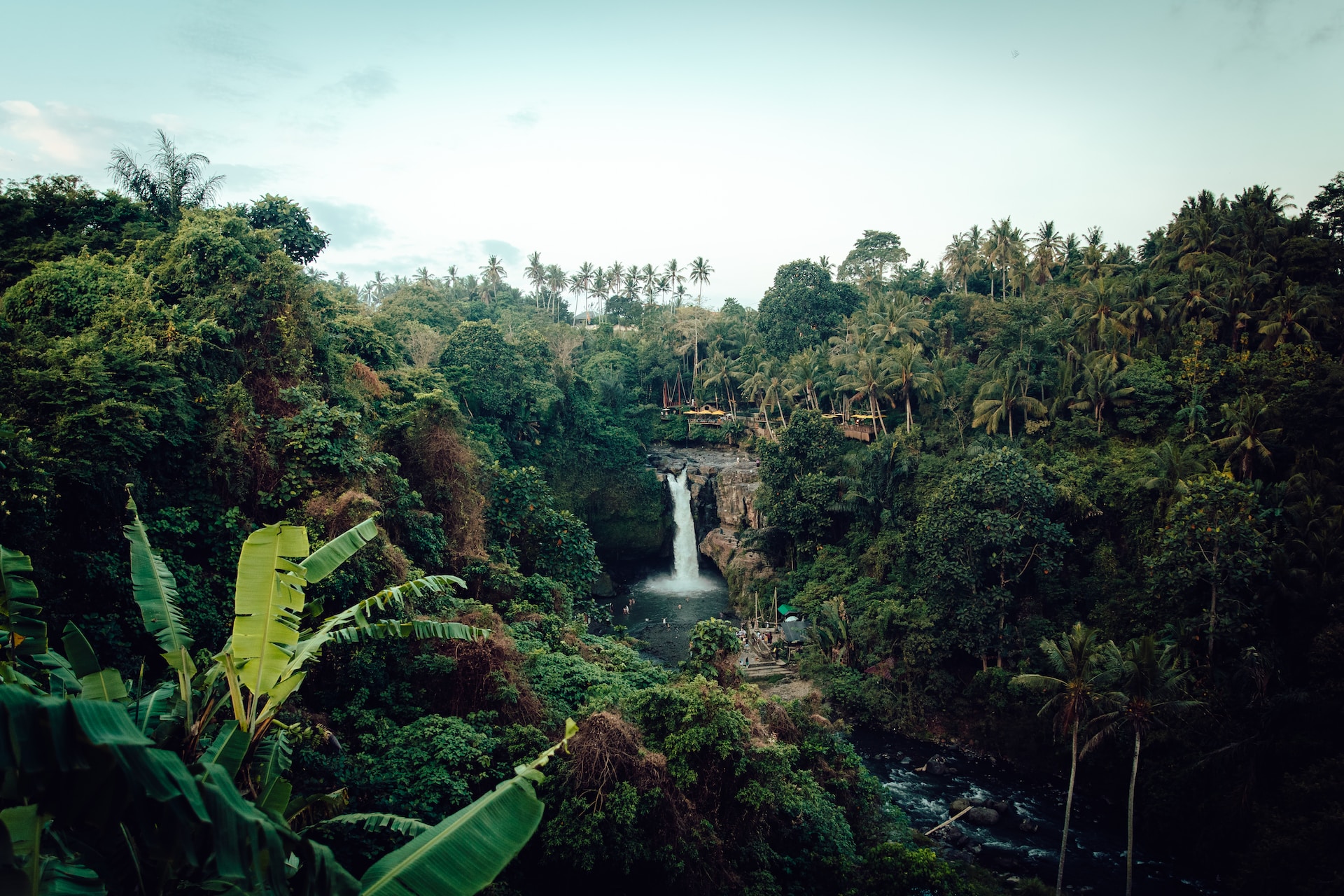Tucked away in the heart of South America, spanning nine countries and covering an area of over 5.5 million square kilometers, the Amazon Rainforest is a colossal haven of biodiversity. Often referred to as the “Lungs of our Planet” due to its ability to produce 20% of the world’s oxygen, this mesmerizing ecosystem is brimming with mysterious and wondrous wildlife. Dive in as we explore some of the most captivating inhabitants of this vast jungle.
1. Jaguars: The Stealthy Predators
The Amazon is home to the powerful jaguar, the third-largest big cat in the world. With its beautiful rosette-patterned fur, the jaguar stealthily patrols the rainforest floor. Revered by indigenous cultures and feared by its prey, this apex predator plays a crucial role in maintaining the delicate balance of the rainforest ecosystem.
2. Pink River Dolphins: The Freshwater Mystics
Unlike their oceanic counterparts, the Amazon’s pink river dolphins or “boto” inhabit freshwater rivers and lakes. These cetaceans, with their peculiar pink hue, long snouts, and humped backs, possess a mystical aura. Local legends tell tales of them transforming into handsome young men to seduce village maidens during the night!
3. Macaws: A Riot of Colors
Perched high on treetops or flying overhead, macaws fill the Amazon skies with vibrant splashes of red, blue, yellow, and green. These birds are more than just a pretty sight; they’re essential seed dispersers, ensuring the survival of numerous plant species. The sight of a macaw clay lick, where dozens of these birds gather to ingest clay, is an unforgettable spectacle.
4. Poison Dart Frogs: Tiny and Deadly
Amid the dense undergrowth, you may stumble upon the diminutive but deadly poison dart frog. Despite their size—often smaller than a paperclip—these amphibians harbor potent toxins. Indigenous tribes have historically used their secretions to poison the tips of blow darts, hence their name.
5. Giant Otters: The Sociable Swimmers
The Amazon’s waterways are the domain of the giant otter, which can grow up to 6 feet in length. These creatures live in family groups and are known for their playful behavior, often seen sliding down muddy banks or playfully wrestling with their peers.
6. Leafcutter Ants: The Industrious Workers
On the forest floor, a different world is at play. Leafcutter ants form conspicuous lines, carrying leaf fragments many times their size back to their underground colonies. These leaves aren’t for their consumption. Instead, they serve as a substrate for a specialized fungus, which the ants cultivate and feed upon.
7. Capybaras: The Gentle Giants
The capybara, the world’s largest rodent, is often seen lounging near water bodies, grazing on grasses. While they may look leisurely, capybaras are excellent swimmers, often diving to escape predators or to cool off during the sweltering heat.
8. Tarsiers: The Nocturnal Watchers
With eyes larger than their brain and fingers that seem overly elongated, tarsiers are among the Amazon’s most intriguing nocturnal creatures. These primates, although small, are mighty predators, leaping from tree to tree hunting for insects.
The Balance of the Ecosystem
Beyond its aesthetic marvels, the Amazon Rainforest demonstrates a complex web of interdependence. The survival of each species—be it a jaguar or a tiny ant—contributes to the well-being of another, ensuring the health and vitality of the entire ecosystem.
Threats to the Amazon and its Wildlife
It’s disheartening that this vast repository of life is under threat. Deforestation, illegal mining, and climate change are eroding the Amazon’s grandeur at an alarming rate. As we lose the rainforest, we risk losing the countless species that call it home—many of which we might not have even discovered yet.
Final Thoughts
The Amazon Rainforest, a real-life “Garden of Eden,” serves as a reminder of the wonders nature holds. While its vastness can be overwhelming, its message is clear: Every species, no matter how big or small, plays an essential role in the delicate balance of life.
For those fortunate enough to visit, the Amazon offers an unparalleled adventure. Yet, even for those who can’t make the journey, its existence is a treasure, a testament to the splendor of the natural world, and a call to action to preserve it for future generations.
